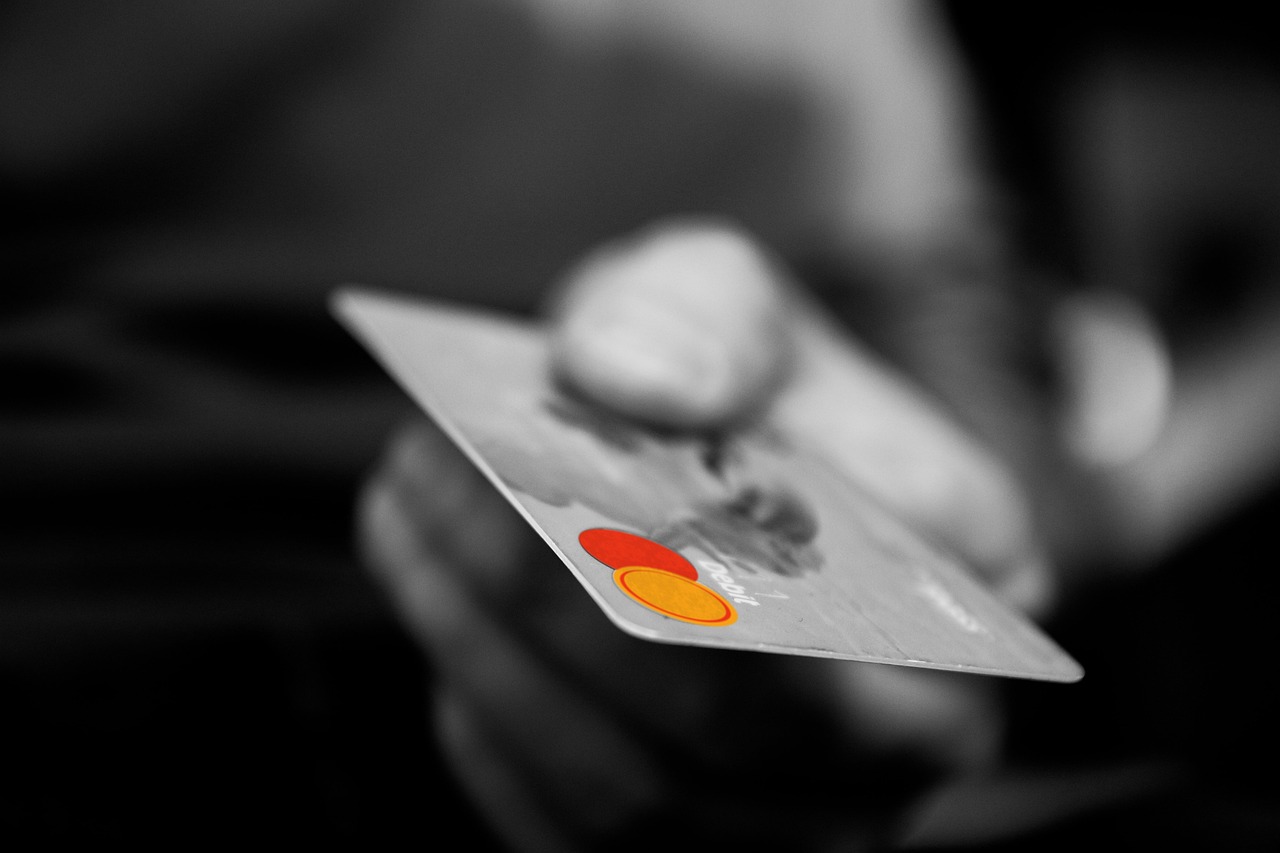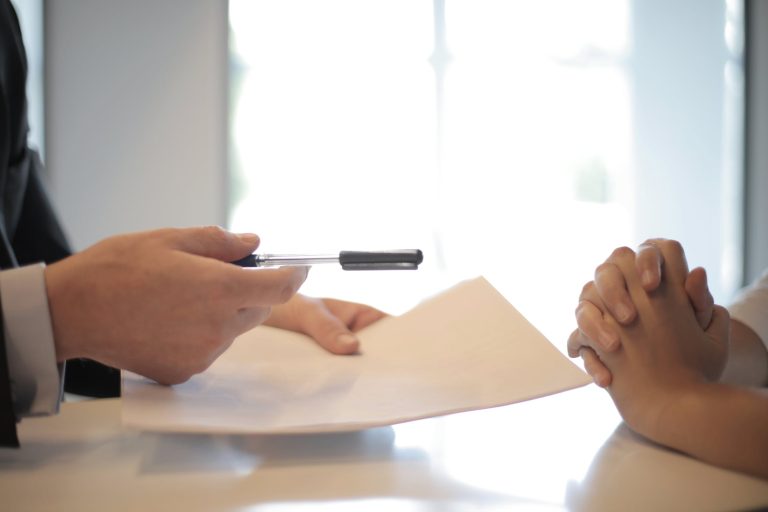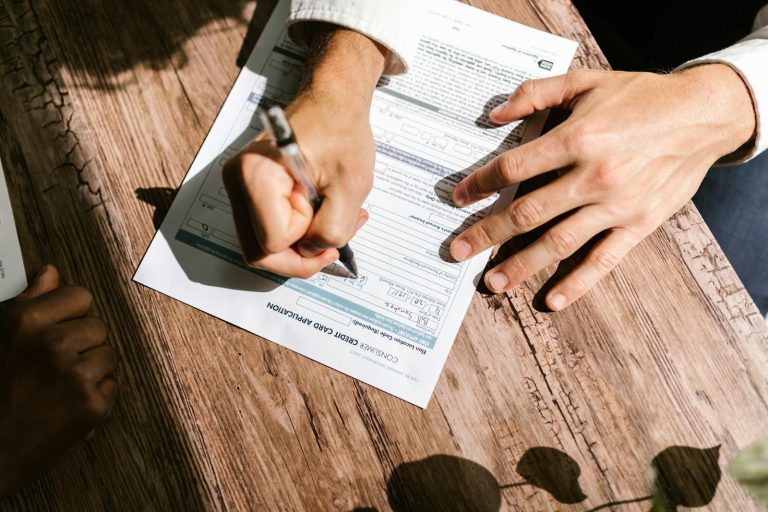Is Life Fantastic With Plastic?
The Convenience of Plastic – Understanding Credit Cards
I admit it—I rarely carry cash anymore. Most days, all I have is a slim wallet holding a couple of plastic cards. It’s amazing how quickly we’ve shifted away from using paper money. But why exactly have credit cards become such a staple in our lives?
When I started using credit cards, the main appeal was convenience. I loved not having to fumble around counting bills or coins. Everything felt quicker, cleaner, and more secure. Here are some of the reasons why plastic became so appealing to me:
Instant Access and Convenience
- No need to visit an ATM frequently.
- Simple and swift payments, especially online or at the gas pump.
- Easy tracking of my purchases through digital statements.
For example, booking a flight or buying concert tickets online is effortless with a card—I can do it from my couch, without ever having to count out cash or write a check.
Financial Flexibility
Credit cards offer a kind of flexibility cash just can’t match. They let me manage unexpected expenses, like sudden car repairs or medical bills. Even if payday is still a week away, I can cover important costs immediately. Of course, it’s critical that I remain aware these funds aren’t mine outright; they’re borrowed and must be repaid responsibly.
Security and Peace of Mind
One of my favorite aspects of using credit cards is the security they offer:
- Fraud protection: If my card number is stolen, I’m protected against unauthorized charges.
- Purchase protection: Many cards offer insurance against theft, loss, or damage on items I’ve purchased.
This security means I feel more comfortable making larger purchases, knowing there are safeguards in place.
Rewards and Benefits
When used carefully, credit cards can offer additional perks that make spending feel rewarding:
- Cashback or points on everyday spending like groceries and gas.
- Travel rewards, discounts, or even free flights.
- Special discounts with partner businesses.
Personally, I’ve been able to use reward points to fund vacations, which definitely enhances the appeal of using plastic.
Building Credit History
An important benefit of using credit cards wisely is establishing and maintaining a healthy credit score. Having a good credit history helps me secure better rates on loans, mortgages, and even lower insurance premiums.
A Quick Note on Responsibility
As convenient as credit cards are, I’ve learned they must be managed carefully. They aren’t a magical source of endless funds; every swipe or tap represents borrowed money that must be paid back, ideally before interest accrues.
With all these conveniences and benefits, it’s no surprise we’ve embraced the “plastic fantastic” lifestyle. However, as I’ll discuss in the next section, convenience does come with risks.
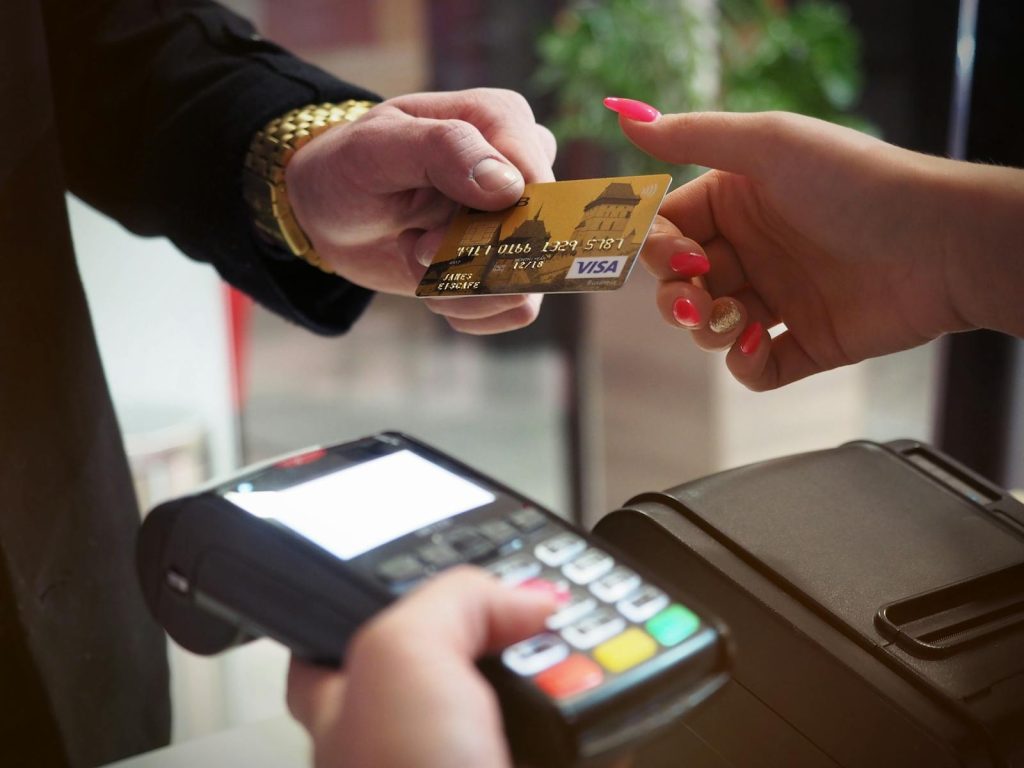
The Hidden Risks of Plastic
While I genuinely appreciate the convenience and advantages my credit cards offer, I’ve also experienced firsthand that plastic has a darker side. It’s easy—too easy—to overlook the risks, and before long, the comfort of convenience can become a financial trap.
How Debt Can Sneak Up on You
I once thought credit card debt was something that happened to other people until I noticed how quickly my small balances could grow. What started as manageable monthly payments soon escalated because of interest charges.
Here’s what I learned about credit card debt:
- Credit cards typically carry high interest rates—often around 18% to 25%.
- Making minimum payments can keep you trapped in debt for far longer than you’d expect.
- Fees for late payments and exceeding credit limits add up quickly.
I learned the hard way that a few missed payments or overspending episodes can spiral into a significant financial burden.
Disconnect from Reality: The Psychology of Spending
One of the most subtle yet dangerous aspects I noticed about using credit cards is how disconnected it made me feel from real money. When I used cash, each purchase felt tangible—I saw money leaving my wallet. With credit cards, spending felt abstract, almost unreal. I found myself overspending without fully realizing it.
Some personal insights I noticed about my spending habits:
- I tended to spend more casually when using plastic compared to cash.
- The lack of immediate “pain” or loss sensation made it easier to justify unnecessary purchases.
- Smaller, frequent purchases added up far more quickly than I anticipated.
Real-Life Pitfalls: Stories from My Own Mistakes
I vividly recall moments when using my credit cards carelessly caused unnecessary stress:
- The holiday season was always challenging; I’d overspend on gifts without properly budgeting, only to face anxiety when bills arrived.
- Those enticing zero-percent introductory offers eventually turned into heavy interest rates after the promotional period, leaving me scrambling.
- Buying items “on sale” felt less expensive initially, but the accumulated interest made those deals vanish.
I learned the value of pausing and thinking critically before swiping the card—something I wish I’d done earlier.
Long-Term Impact on Financial Health
One realization that struck me deeply was how credit card misuse can impact long-term financial goals. It isn’t just the immediate stress of bills, but the way carrying balances month-to-month affected my credit score and future opportunities.
These long-term impacts included:
- Difficulty obtaining loans or mortgages due to higher debt-to-income ratios.
- Increased insurance premiums as credit scores dipped.
- Reduced financial flexibility because more of my income was committed to repaying interest.
A Wake-up Call
Acknowledging these risks wasn’t easy, but it was crucial. My relationship with plastic cards improved dramatically once I became fully aware of these hidden pitfalls. Today, I’m far more cautious about how and when I use credit cards, and I’m thankful for the lessons learned—even if they came the hard way.
In the next section, I’ll discuss how I adapted my behavior and found strategies that allow me to use credit cards responsibly while avoiding these pitfalls.
Responsible Use – Harnessing the Power of Credit Cards
Once I realized the hidden risks that came with my credit cards, I knew I needed to develop smarter habits. I didn’t want to give up the benefits of plastic entirely—I just had to learn how to use them responsibly. Here are the strategies and practices I adopted that helped me regain control.
Paying My Balance in Full
I made a simple rule for myself: pay the full balance each month. This instantly eliminated interest charges and forced me to spend only what I could realistically afford. It wasn’t always easy, but I quickly saw how dramatically this reduced financial stress.
- Key benefits of paying in full each month:
- Avoiding interest charges entirely.
- Better budgeting discipline.
- Improved credit score through low credit utilization.
Budgeting and Setting Personal Limits
To manage my spending effectively, I started keeping a monthly budget. Knowing exactly how much money I could safely spend each month gave me clear boundaries.
Here’s how I built my budgeting discipline:
- I used budgeting apps to track spending and monitor credit card use.
- I set monthly spending limits per category, like groceries, dining out, or entertainment.
- I checked my statements frequently, not just at the month’s end, to avoid surprises.
Regularly Reviewing My Statements
I learned that regularly reviewing my credit card statements wasn’t just about budgeting—it also protected me from errors and fraud.
- Things I always look for on my statements:
- Charges I don’t recognize.
- Duplicate transactions.
- Subscriptions or services I no longer use.
Negotiating Better Terms
Something I initially didn’t realize was that credit card terms aren’t set in stone. I called my bank and asked if they could offer me better interest rates or remove fees. To my surprise, it worked! Many banks are willing to negotiate, especially if you’ve been responsible with your payments.
- Things you can negotiate include:
- Lower interest rates.
- Waived annual fees.
- Increased credit limits (which, when used responsibly, can improve your credit score).
Taking Advantage of Rewards Wisely
I became selective about credit cards that offer real value for my lifestyle, using them strategically to maximize rewards without overspending.
- My personal tips for using rewards effectively:
- Choosing cards that align with my spending patterns (travel rewards if I travel often, cashback for everyday expenses).
- Avoid chasing rewards by buying unnecessary items.
- Redeeming rewards regularly rather than letting them expire or lose value.
Monitoring and Building My Credit Score
Understanding the connection between credit card usage and my credit score became essential for me. Now, I routinely check my credit reports to ensure accuracy.
- How I improved my credit score:
- Keeping credit utilization below 30% of my limit.
- Never missing payments—even a small payment delay can significantly lower your score.
- Avoid opening multiple new accounts simultaneously.
Taking these steps helped me harness the power of my credit cards effectively, making them valuable financial tools rather than sources of stress. In the next section, I’ll share how I learned to navigate financial pitfalls, protect myself from potential debt traps, and maintain lasting financial security.
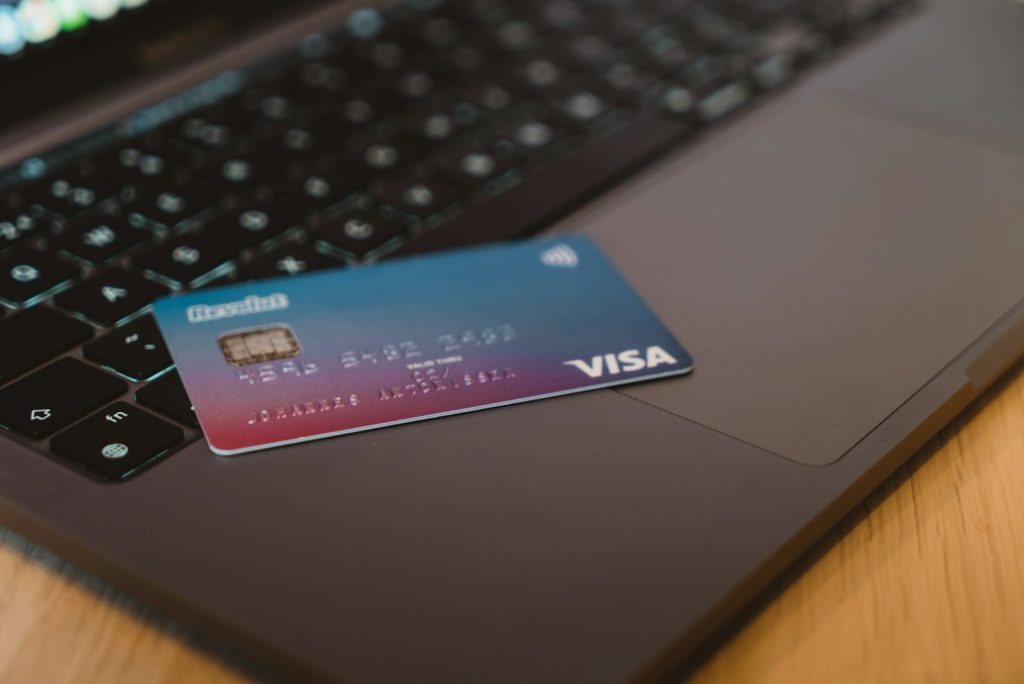
Navigating Pitfalls – Protecting Myself from Debt
As I got better at responsibly using my credit cards, I realized that staying vigilant about potential pitfalls is equally important. Debt isn’t something that happens overnight—it’s often the result of repeated small mistakes. Here are the lessons and practices I’ve embraced to stay debt-free and financially secure.
Recognizing the Warning Signs
I’ve become more aware of the early signs that my credit card use might be getting out of hand. Recognizing these signals early can prevent bigger problems later.
- Warning signs I watch for include:
- Feeling anxious when opening my credit card statements.
- Frequently making only the minimum payments.
- Regularly carrying a balance from month to month.
- Using credit cards for basic necessities, like groceries or utilities.
Being mindful of these indicators helps me take corrective action before small issues grow into serious debt.
Managing Debt Effectively
Despite my best efforts, there have been moments when I’ve slipped and found myself carrying balances longer than I’d like. When this happens, I’ve learned to quickly tackle the situation head-on instead of ignoring it.
- My strategies for debt management include:
- Prioritizing payments toward cards with the highest interest rates.
- Temporarily reducing discretionary spending until balances are cleared.
- Consolidating high-interest balances onto lower-interest cards or personal loans, when possible.
Actively managing debt ensures I regain control before things spiral out of hand.
Communicating with Banks and Creditors
If things ever became too overwhelming, I learned that banks and creditors are usually willing to help—provided I communicate openly and honestly.
- Steps I’ve found helpful when approaching banks:
- Calling early, before missing payments, to discuss hardship options.
- Asking about payment plans, fee waivers, or temporarily lowered interest rates.
- Documenting every conversation for reference.
Banks typically prefer working with you to avoid default, which benefits everyone involved.
Exploring Alternatives to Credit Cards
While credit cards offer many conveniences, sometimes using alternatives can help maintain better spending habits and financial discipline.
- Alternatives I’ve used effectively include:
- Debit cards: Useful for day-to-day expenses without the temptation of credit.
- Prepaid cards: Allow for controlled spending, especially helpful for travel or budgeting.
- Cash: Forces me to see exactly what I’m spending, reinforcing mindfulness.
Using these options strategically helps keep my spending grounded and intentional.
Building My Financial Safety Net
Lastly, one of the most significant steps I’ve taken is building an emergency fund. Knowing that I have savings set aside for unexpected expenses reduces the temptation to rely on credit cards during difficult times.
- My approach to building an emergency fund:
- Setting aside a fixed amount every month, even if it’s small.
- Aiming for at least three to six months of expenses saved.
- Using automatic transfers to consistently build savings without thinking about it.
This safety net has given me immense peace of mind, helping me feel secure no matter what life throws my way.
In the end, my journey with credit cards has taught me valuable lessons about financial responsibility, awareness, and discipline. Yes, life can indeed be fantastic with plastic—but only when used wisely, intentionally, and cautiously.
(Editor’s note: updated 3/20/25)
© 2015-2023 by burdenofdebt.com, a LIVenture. All rights reserved. No part of this document may be reproduced or transmitted in any form or by any means, electronic, mechanical, photocopying, recording, or otherwise, without prior written permission of LiVentures LLC.
